What is the tolerance range of precision screws?
What is the tolerance range of precision screws?
Service Hotline
+86760-8787 8587We have more than ten years of production experience in the screw industry, the main products are: wave spring elastic gasket, hex socket head screw, hexagonal side through hole, thin nut, 15 fine thread screw, blind hole pressure riveting nut, dome head inner Hexagon set screws, ellipse screws, expansion plug screws, JISB1181 hexagon nuts, titanium steel screws, butt-locking screws GB873 large flat head rivets, production of stainless steel rivets, color-plated square nuts, triangular pan head screws, etc. Due to the different materials and specifications of the products, the prices are also different, if necessary, please contact us.


The performance grade 8.8 of stainless steel bolts refers to the material's tensile strength limit of 800MPa and yield limit of 640MPa. The performance grades of stainless steel bolts, studs and studs are divided into 10 grades: from 3.6 to 12.9. The number before the decimal point represents 1/100 of the tensile strength limit of the material, and the number after the decimal point represents 10 times the ratio of the material's yield limit to the tensile strength limit. There are 7 grades of performance grades for nuts, from 4 to 12. The numbers roughly represent 1/100 of the minimum stress that the stainless steel nut is guaranteed to withstand. For unified inch threads, there are three thread grades for external threads: grades 1A, 2A and 3A, and three grades for internal threads: grades 1B, 2B and 3B, all of which are clearance fits. The higher the rating number, the tighter the fit. Classes 1, 1A and 1B, very loose tolerance classes, which are suitable for tolerance fits of internal and external threads. Grades 2, 2A and 2B are the most common thread tolerance grades specified for inch series mechanical stainless steel fasteners. Grades 3, 3A and 3B, screwed together to form the tightest fit, suitable for tight tolerance stainless steel standard parts, for safety critical designs. Metric threads, there are three thread grades for external threads: 4h, 6h and 6g, and three thread grades for internal threads: 5H, 6H, 7H. Thread fit is best combined into H/g, H/h or G/h. For bolts, stainless steel nuts and other refined fastener threads, the standard recommends 6H/6g fit. Carbon steel: The strength grade is marked by ? It consists of two separated numbers. The meaning of the number part before the ? in the marking code represents the nominal tensile strength, for example, 4 in grade 4.8 represents 1/100 of the nominal tensile strength of 400N/MM2. The meaning of the ? and the number part after the point in the marking code represents the yield-strength ratio, that is, the ratio of the nominal yield point or the nominal yield strength to the nominal tensile strength. For example, the yield point of grade 4.8 products is 320N/mm2. The strength grade mark of stainless steel products consists of two parts separated by —. The symbol before — in the sign code indicates the material. Such as: A2, A4 and other signs — indicate strength, such as: A2-70 Carbon steel: The mechanical properties of bolts can be divided into: 3.6, 4.6, 4.8, 5.6, 5.8, 6.8, 8.8, 9.8, 10.9, 12.9 in total 10 performance levels
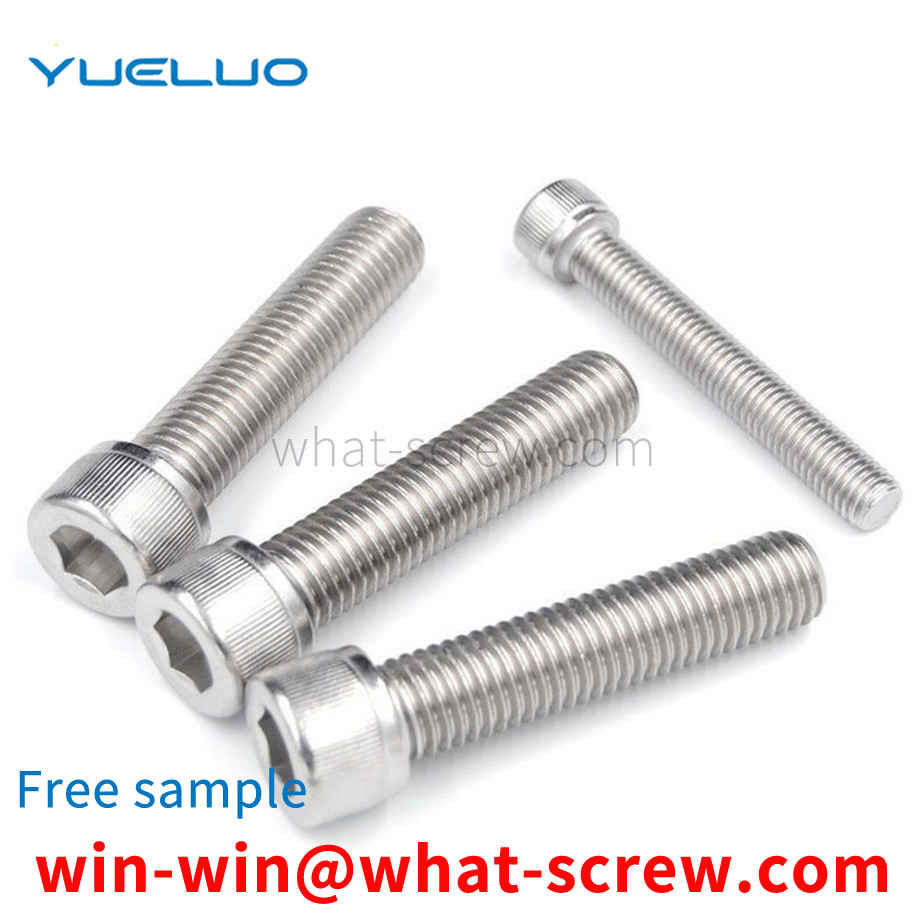
Since the HDS series is a disc spring that can be folded or overlapped. The combination of the butt joint can increase the deformation of the disc spring group, and the combination of the overlapping method can increase the spring force of the disc spring group. The ideal installation method is to flatten as much as possible. The closer it is to the flattened state, the faster the tension torque increases, and the proper bolt tension can be obtained without a torque wrench.
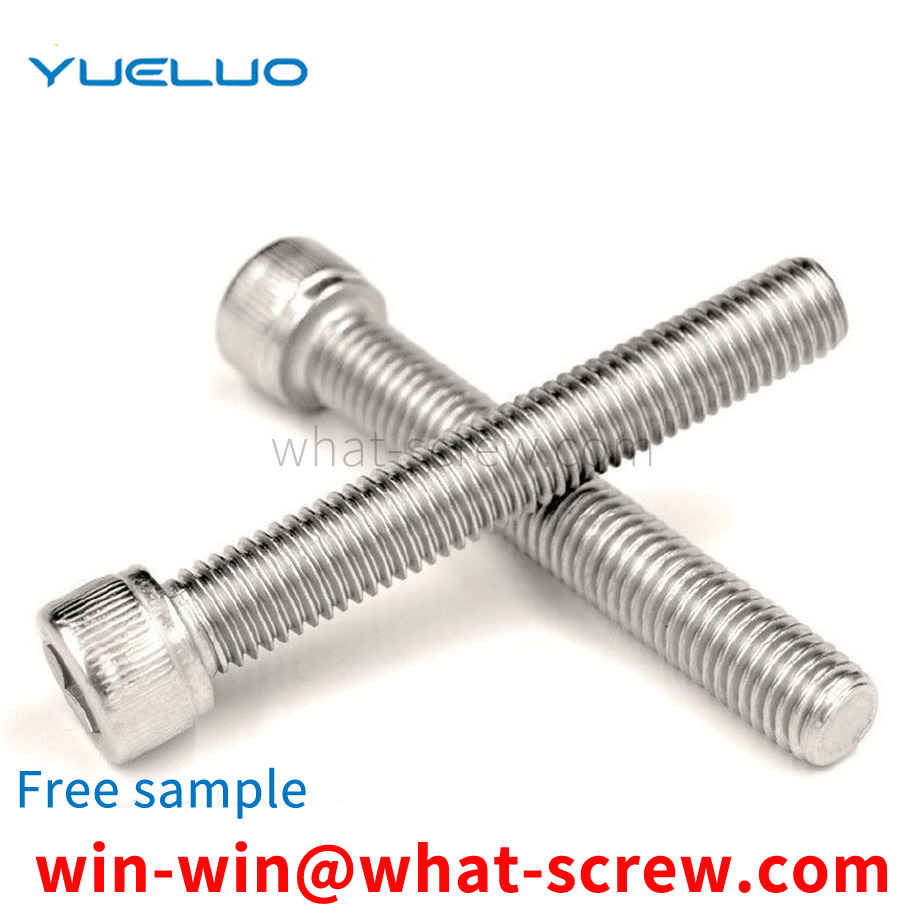
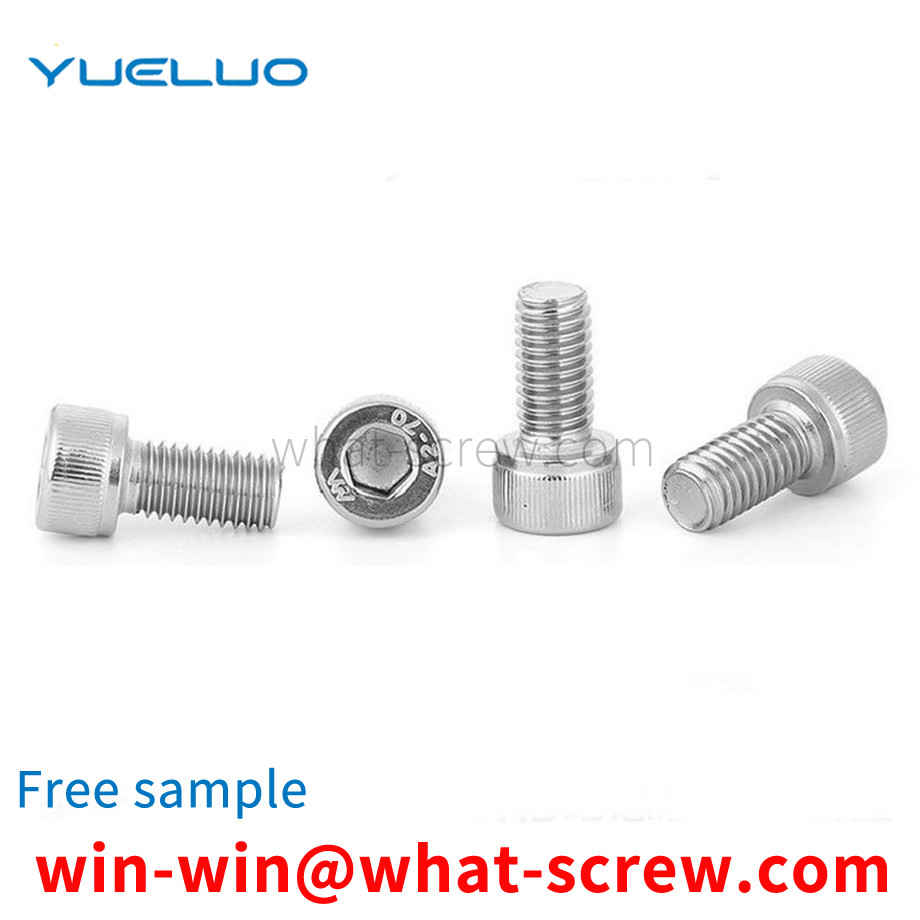
Stud, also known as double-ended screw or double-ended stud. It is used to connect the fixed link function of the machine. The stud bolt has threads at both ends, and the screw in the middle is thick or thin. Generally used in mining machinery, bridges, automobiles, motorcycles, boiler steel structures, pendant towers, long-span steel structures and large buildings.
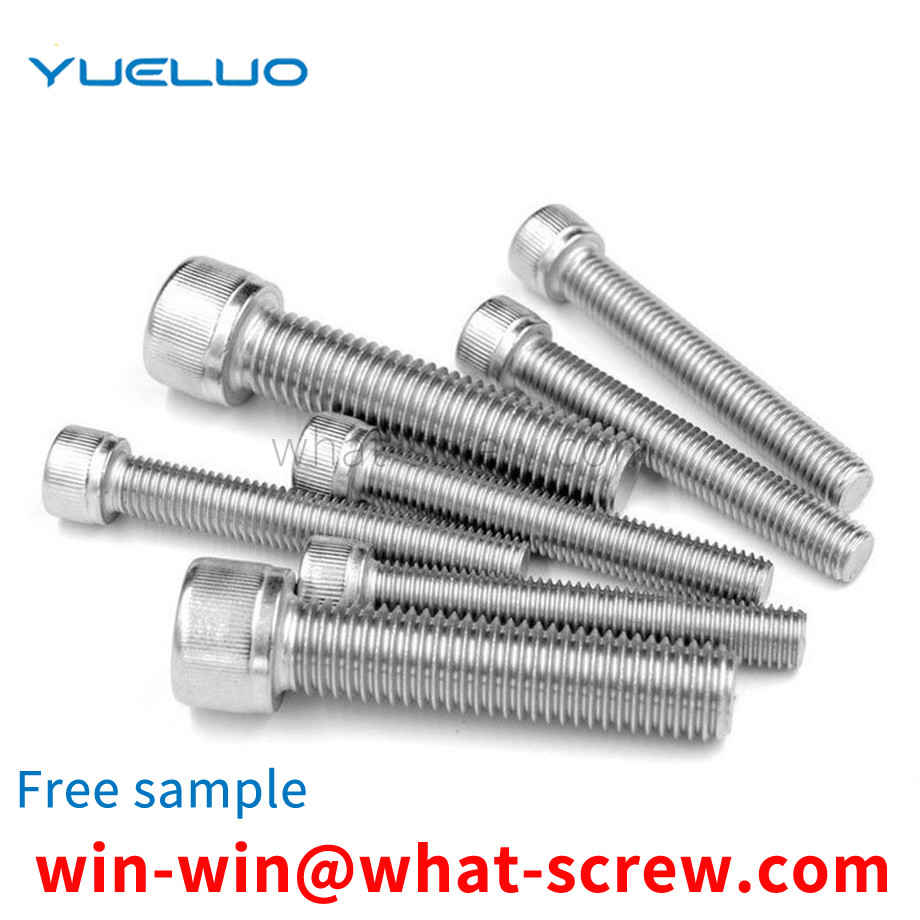
At present, the industry uses the pure manual installation method to install the elastic cylindrical pin, that is, the staff first holds the tool holder; then, manually puts the elastic cylindrical pin into the elastic cylindrical pin hole of the tool holder; then, use the body to align the tool holder For positioning, use a hammer to knock the elastic cylindrical pin into the tool holder. This installation method requires manual operation throughout the entire process, and the work efficiency is low. Moreover, when the hammer is knocked, the staff needs to use the body to position the tool holder, there is a risk of smashing and injuring people, and there is a potential safety hazard. In addition, hammering will cause deformation of the elastic cylindrical pin, and the qualification rate of assembly is low.
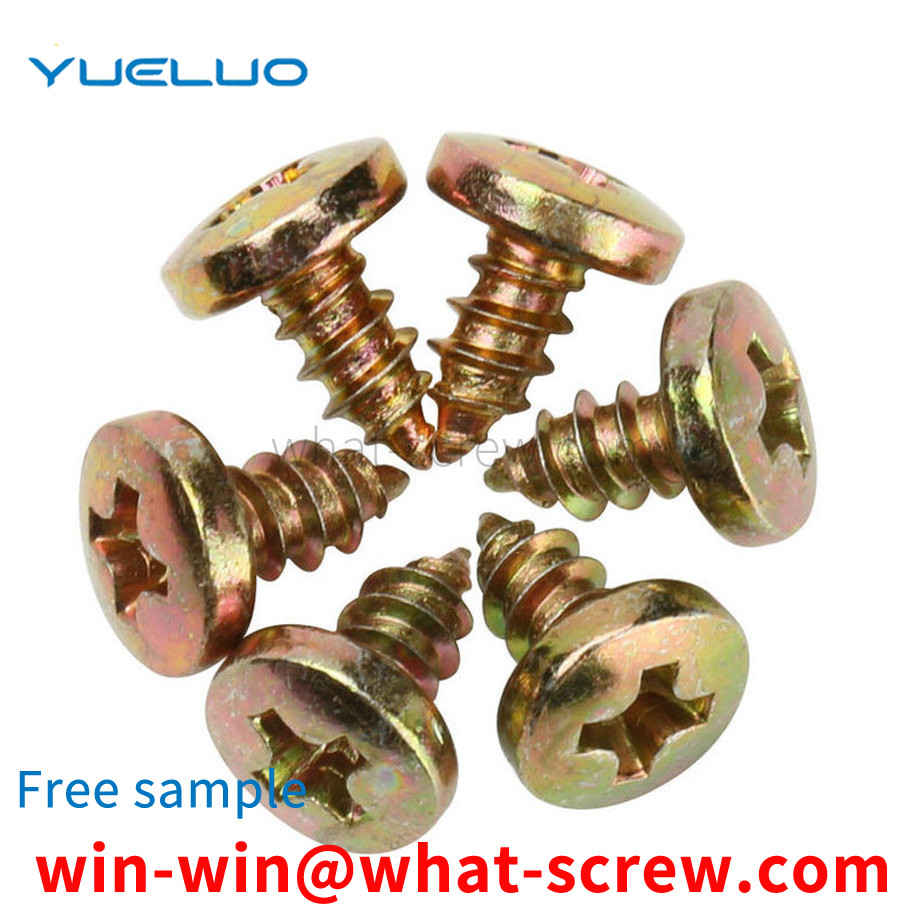
The above content is uploaded by Yueluo or the Internet. If there is any copyright issue, please contact [email protected].

What is the tolerance range of precision screws?

How to choose the right stainless steel screw manufacturer?

Why is there an R angle under the head of the hexagon head s...

We have more than ten years of production experience in the ...

We have more than ten years of production experience in the ...

We have more than ten years of experience in screw industry ...

We have more than ten years of experience in screw industry ...